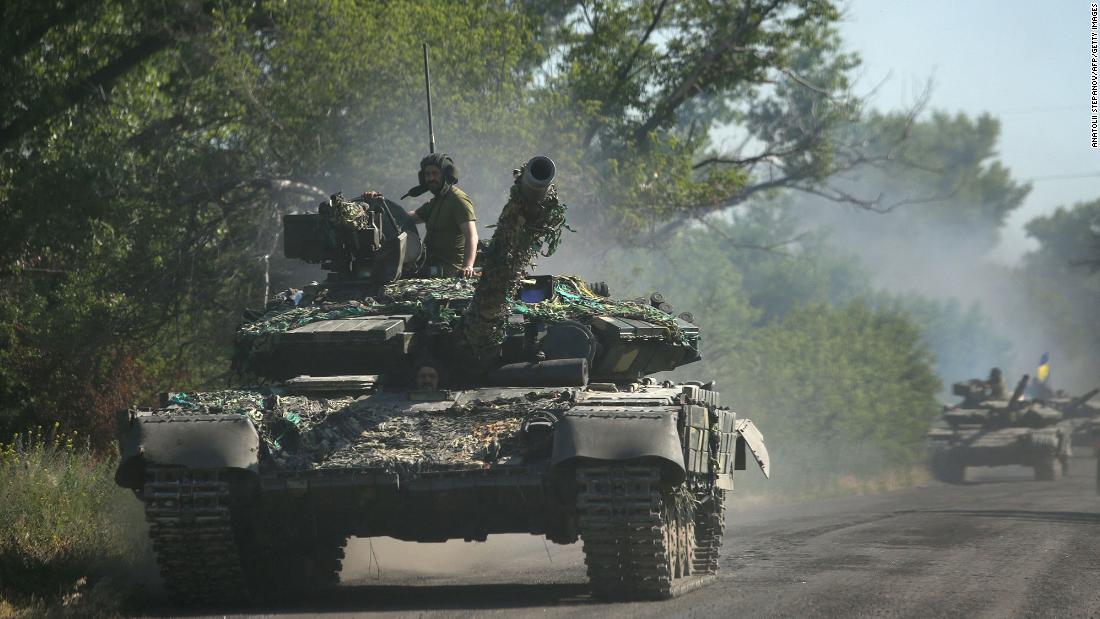Number of Female State Police Has Not Risen Since 2000
Despite proof that female officers use less force and avoid more complaints, state police departments often fail to change the perception that state policing isn’t for women.

Despite proof that female officers use less force and avoid more complaints, state police departments often don’t do enough to change the perception that state policing isn’t for women.
In the last two decades, the percentage of women among the ranks of state police officers has hardly budged, with nationally just 7 percent of sworn state troopers being female, reports Pew Stateline.
That’s a tiny gain from 2000, when the average female makeup of state police troopers was 6 percent, according to a 50-state census by the federal Bureau of Justice Statistics. Overall, women make up less than 13 percent of full-time police officers in the United States.
Policing experts attribute the low rate of women overall to reasons that include stereotypes about the profession, the demands of training, patterns of sexism and harassment, and the perpetual lack of women to serve as mentors.
A study of the Chicago Police Department published this year in Science found that female officers use less force than male officers. Female officers also are less likely to be the subject of citizen complaints, according to a 2008 study published in the Law Enforcement Executive Forum.
Other research also shows that women are more skilled at assessing the policing needs of diverse communities and get better outcomes for victims of sexual assault. However, many agencies don’t do enough to change the perception that state policing isn’t for women. In addition, new hires might be placed at a station, often known as barracks, in a town that requires a lengthy commute or even a move, while women are slightly less likely to pass the rigorous physical examination.
A Bureau of Justice Statistics study of state and local police training academies in 2018 found male recruits completed basic training at a higher rate than females—88 percent and 81 percent, respectively. At least five state policing agencies have made a goal to have 30 percent of their recruits by 2030 be women.
Those states (and their current percentage of female troopers) are Illinois (10 percent), Iowa (6 percent), Massachusetts (5 percent), Vermont (13 percent) and Washington (10 percent). The goal comes under the 30×30 Initiative, a collaboration between the Policing Project at NYU Law, the National Police Foundation, the Police Executive Research Forum, the National Association of Women Law Enforcement Executives and others. In addition to the state agencies, more than 100 departments from 34 states have signed up since the initiative started in March, 2021.

 Landwebs
Landwebs 




















